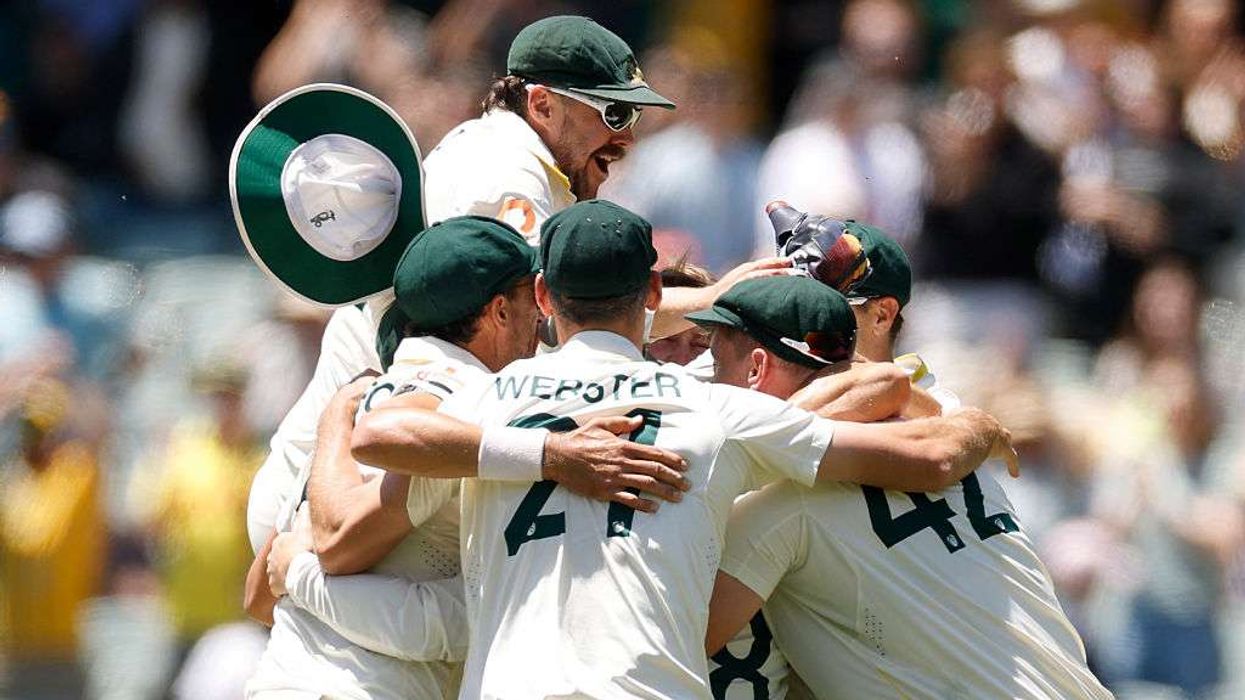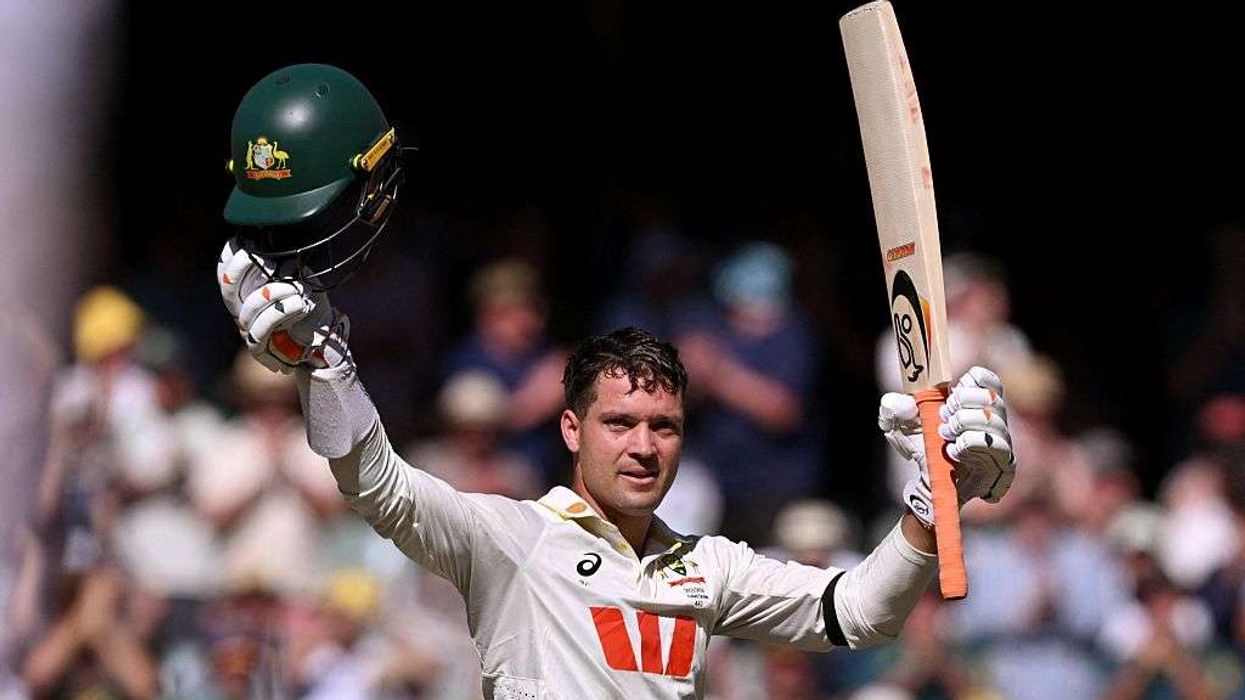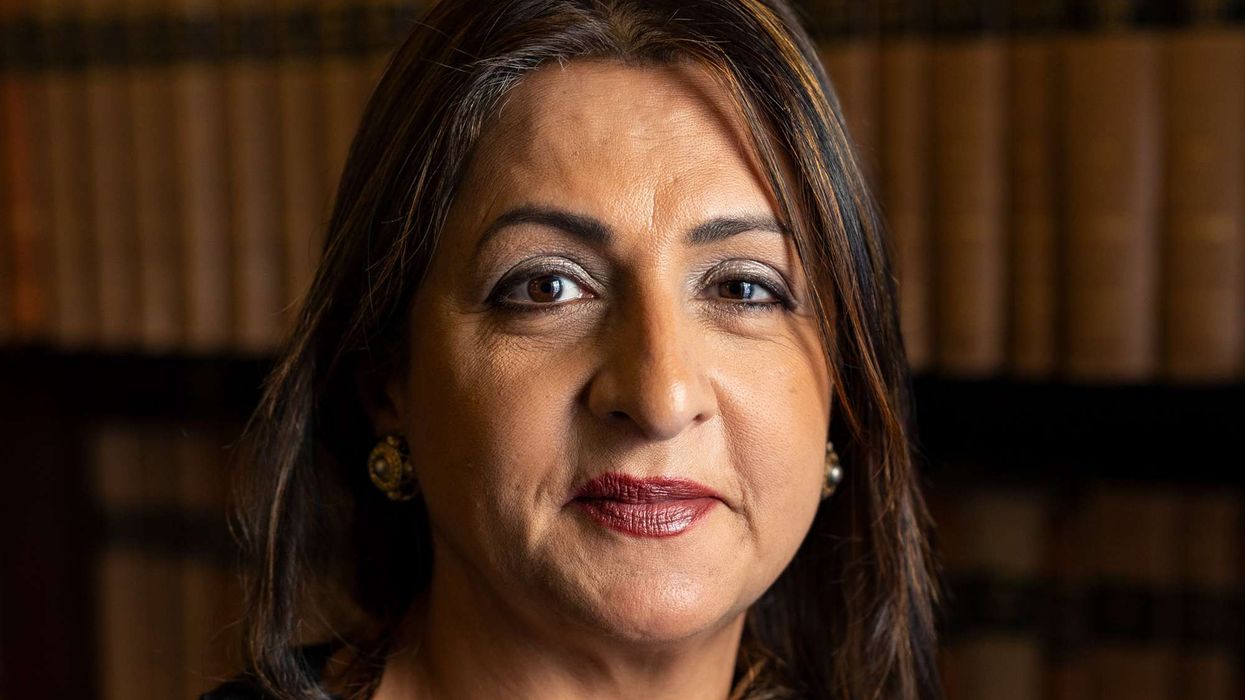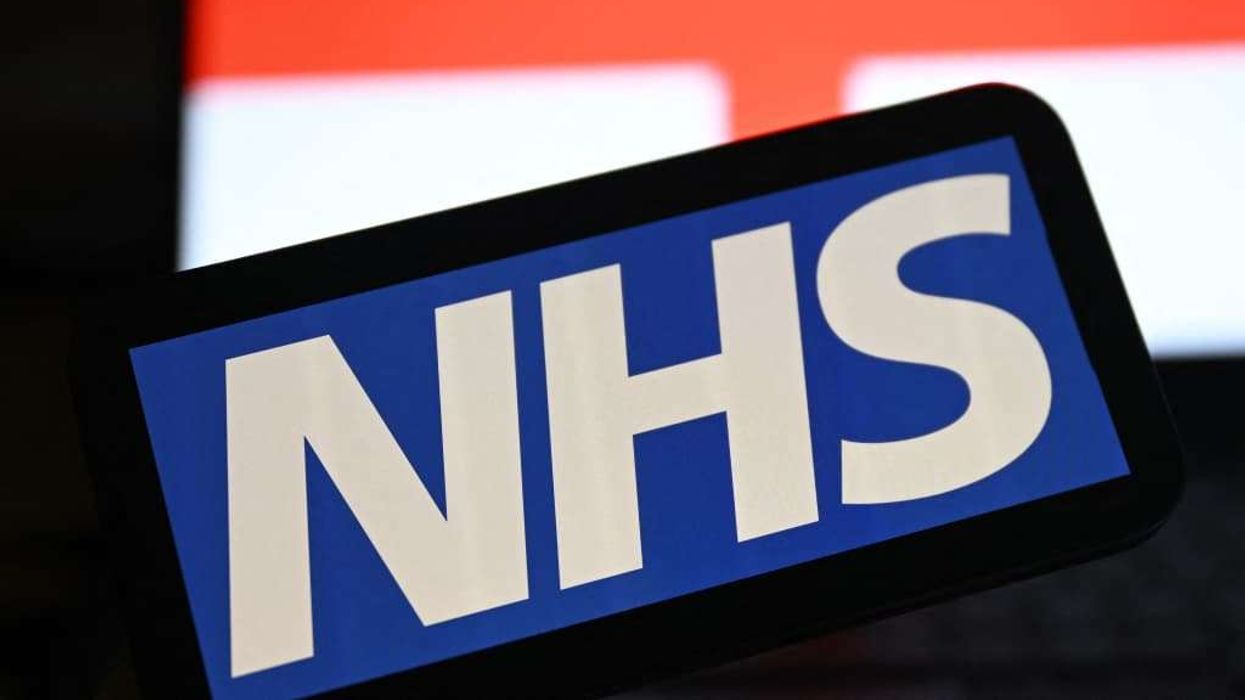THE bilateral trade between India and America has the potential to double and reach $280 billion in the next five years, India's top diplomat in the US has said, amidst intense negotiations between the two countries to resolve their trade differences.
In March, US Trade Representative Robert Lighthizer announced that the US will terminate India's designation as beneficiary developing country under the Generalised System of Preferences (GSP) programme.
India imposed retaliatory tariffs on 28 US products including almonds and apples from June 5, after the Trump administration revoked its preferential trade privileges.
Trade tensions between India and the US have been rising with US president Donald Trump complaining that tariffs imposed by New Delhi on American products were "no longer acceptable".
India-US bilateral trade has doubled in the last 10 years and potentially can double again in the next five years, Indian ambassador to the US Harsh Vardhan Shringla said on Wednesday (18).
"We're looking at $280bn (bilateral trade) in the next five years," the top Indian diplomat said, exuding confidence that the two countries would be able to sort out their trade differences to give a big boost to their strategic and economic partnership.
Referring to the significant two-way investments, there is a mutuality of interest and benefit in this economic partnership, Shringla said at the 'India on the Hill: Charting a Future for Indo-US Relations' event here on Wednesday.
Identifying the US as the "foremost partner" when it comes to trade, investments and technology, the Indian envoy noted that the issues are bound to come up for a bilateral relationship that has developed so fast.
"That is what we are dealing with today," he said in an apparent reference to the talks between the two countries to resolve their trade difference.
Asserting that the trade differences are not necessarily issues that are significant enough to impact the larger relationship, Shringla described them as a minor speed bumps that come along the way.
Officials of the two countries are in close contact on this issue. According to media reports, the officials are trying to finalise a trade deal before prime minister Narendra Modi and US president Trump meet in Houston on Sunday (22) and again in New York next week.
"They are in touch in trying to see how we can address some of the issues that are there. Some will need a little more time, but there are others that can be resolved more quickly. We are looking at how we can prioritise those and move forward," Shringla said without further details.
"I have no doubt that we will see not only a speedy resolution of some of the issues that constituted trade differences between our sides, and also on the issue of investment policy, we have taken an approach that emphasises continued liberalisation by investment regime," he said.
Shringla said the recent steps that have been taken were a point in that direction.
India is also looking at other policy changes that could assist in a greater involvement of US companies in India and vice versa, he said.
"Last year, we, for the first time purchased $4.5bn oil and gas from the US," he said, adding that this could double in the coming years.
"We are also looking at significant investments in the energy sector in the US," Shringla said.
Prime minister Modi would be meeting the top 15 chief executive officers of the energy sector in Houston, which is the global energy hub, the Indian Ambassador said.
(PTI)











